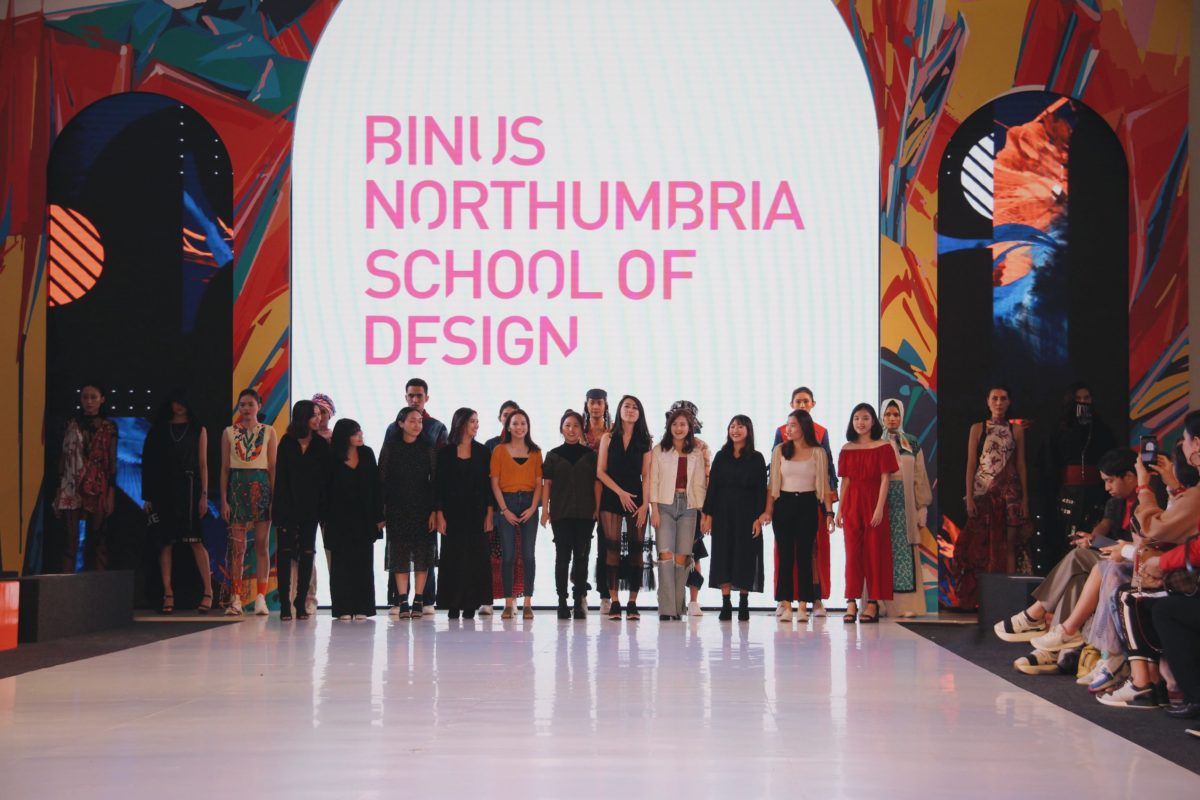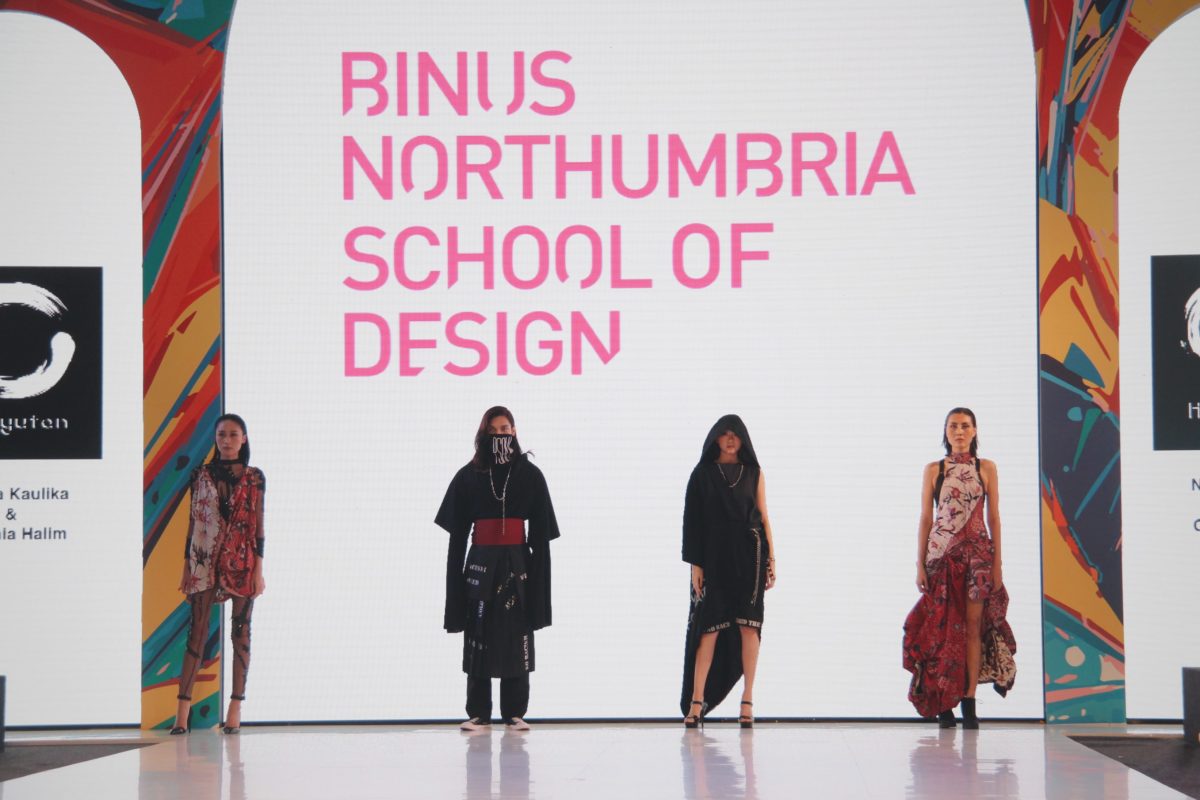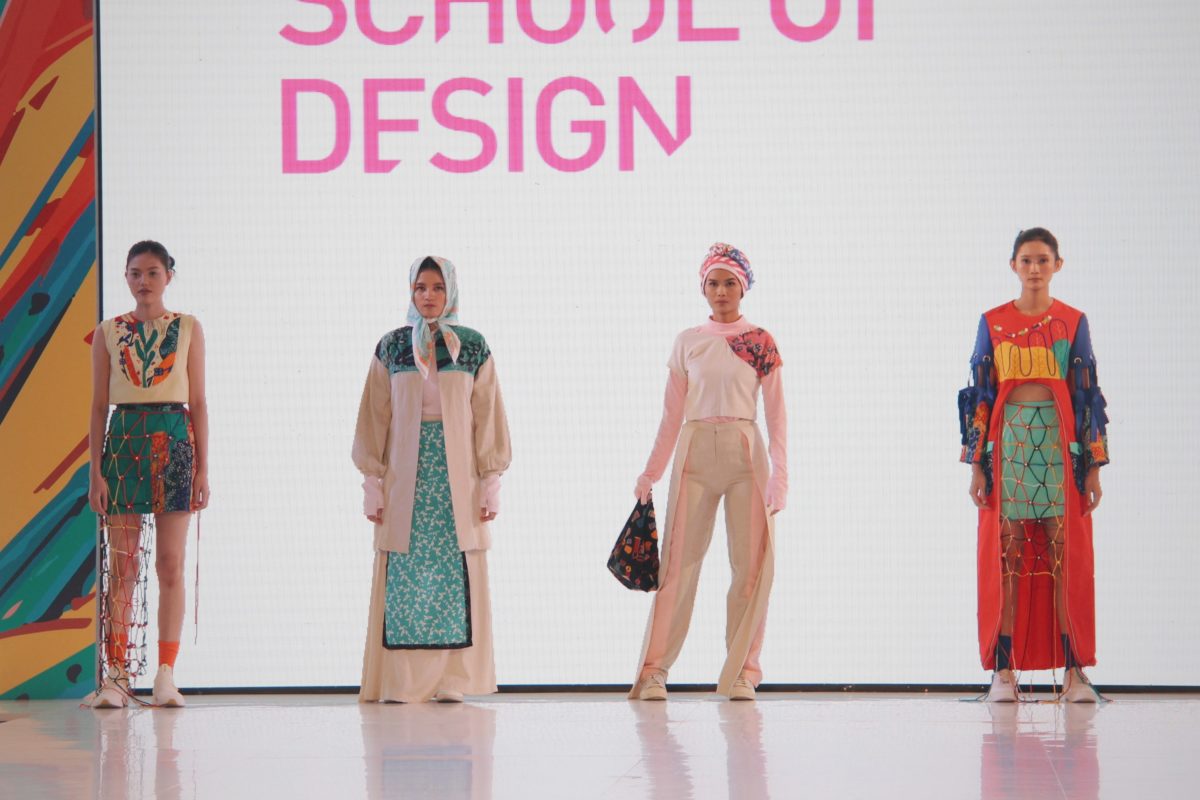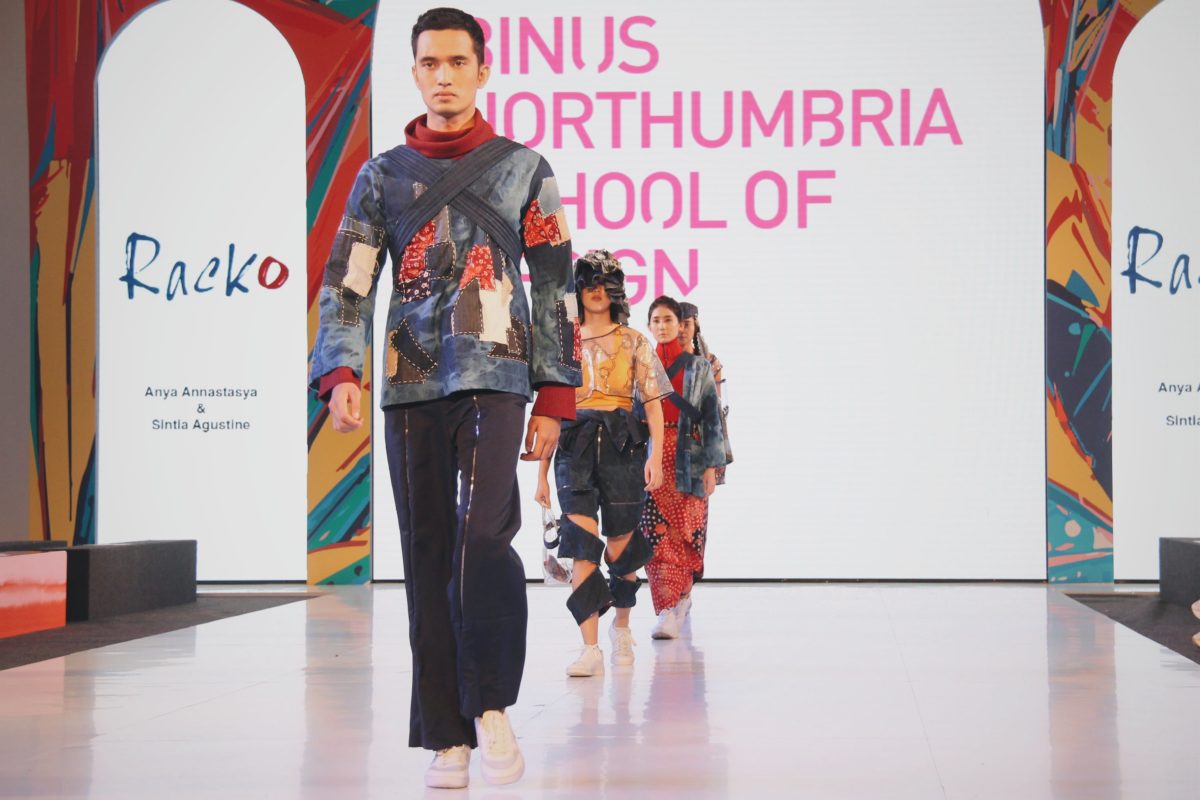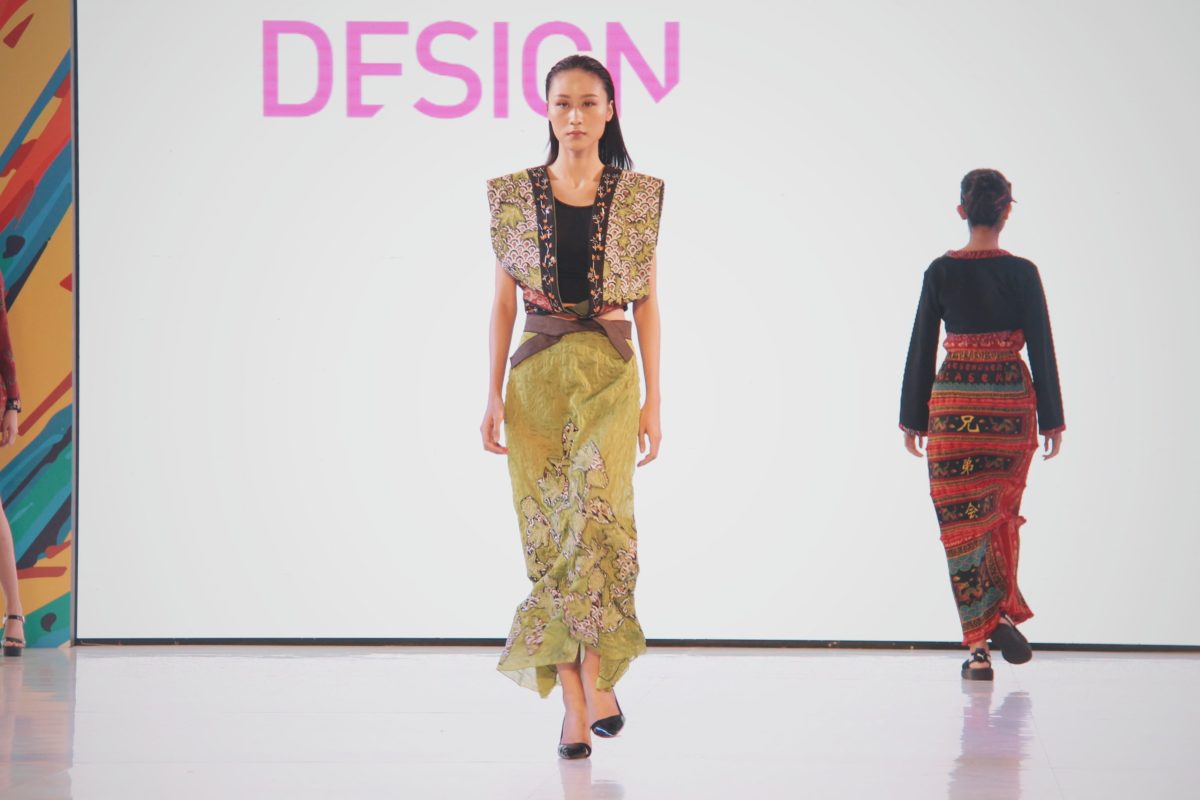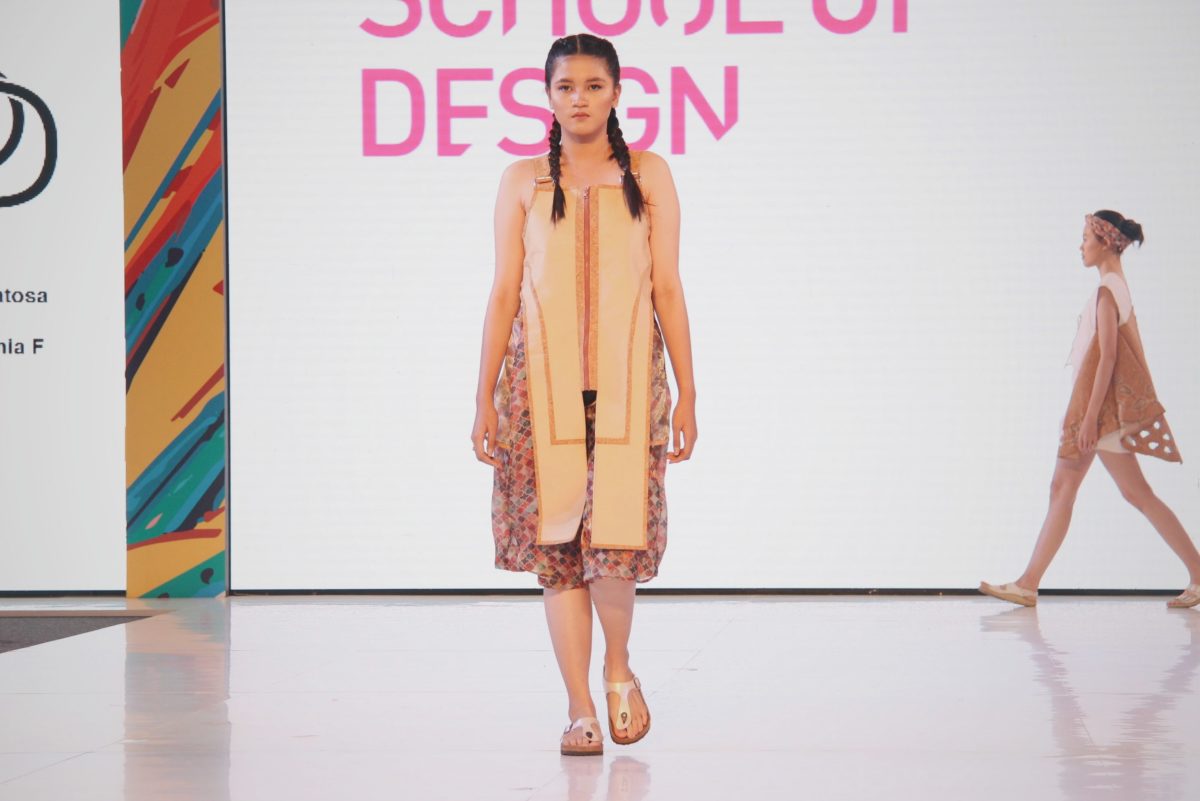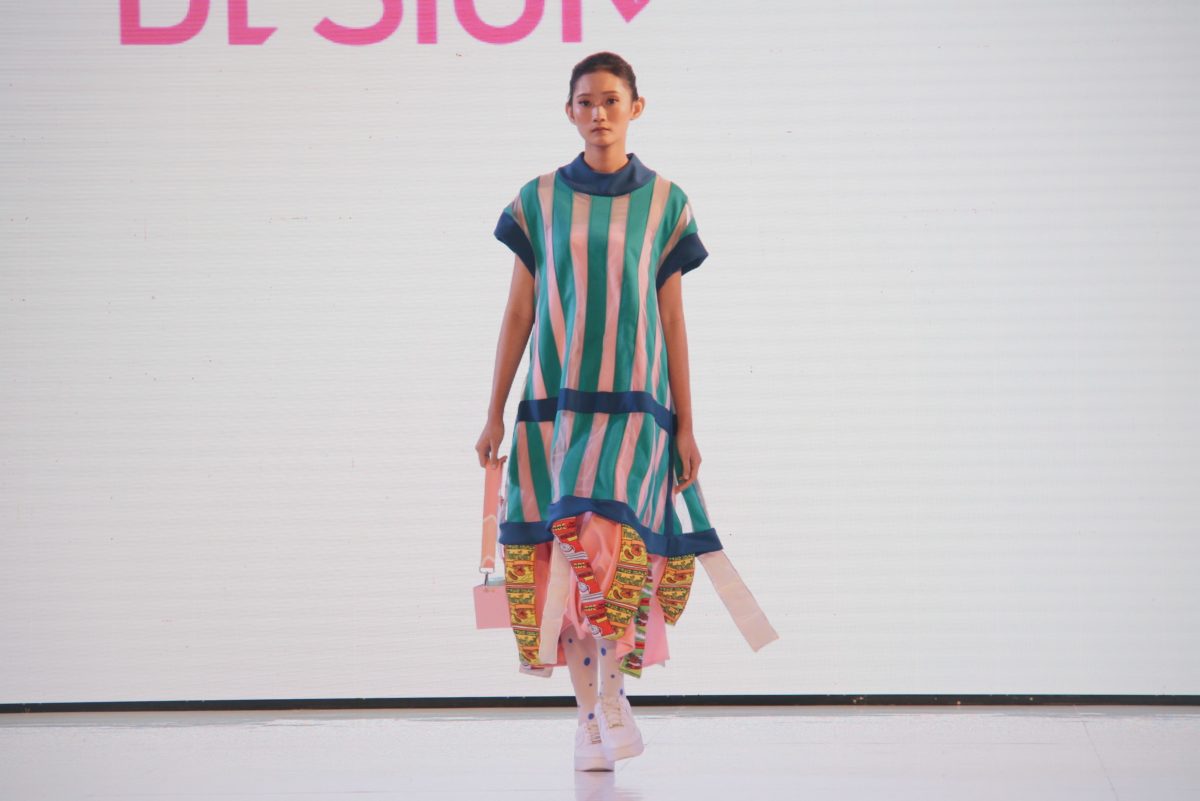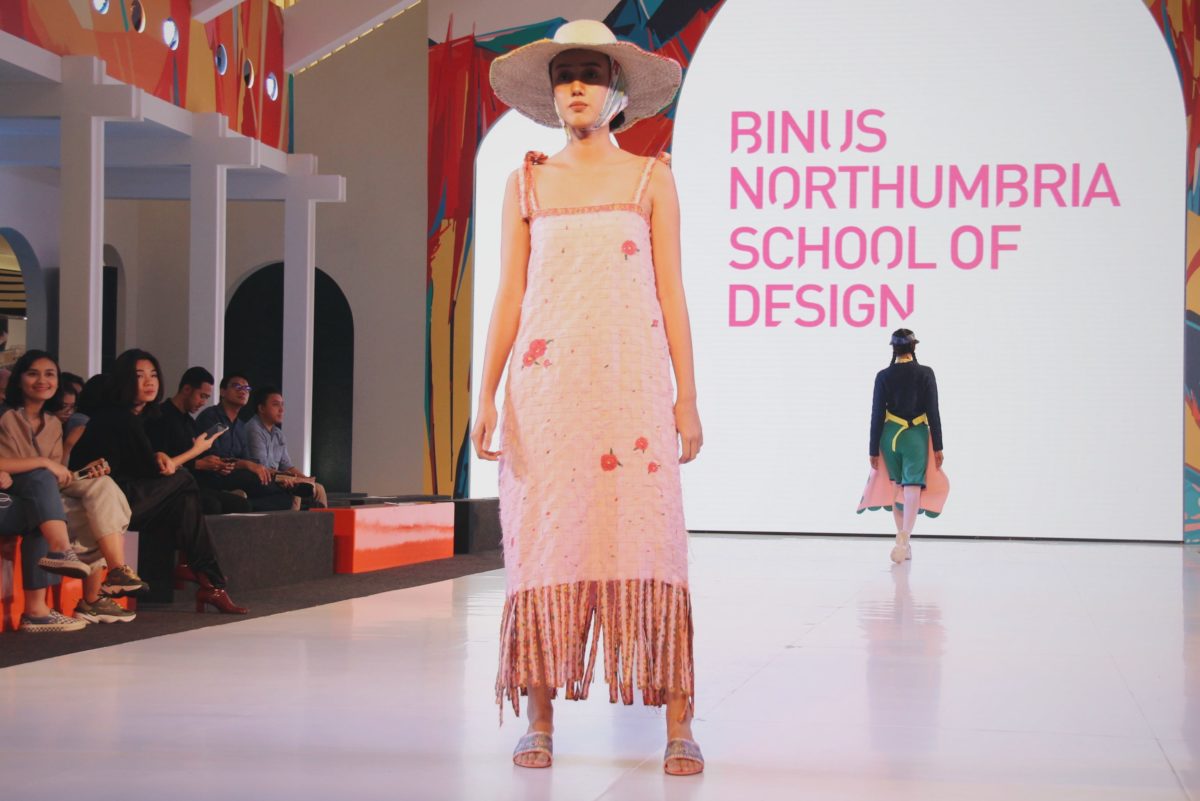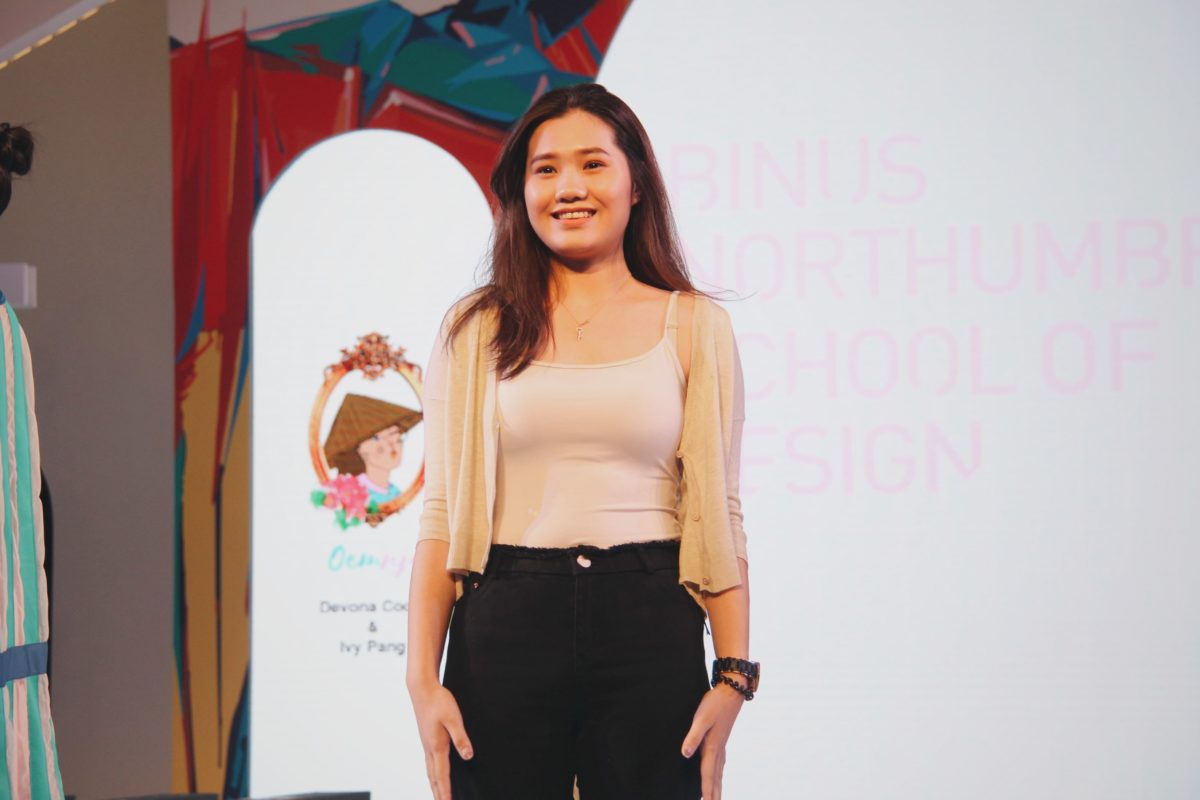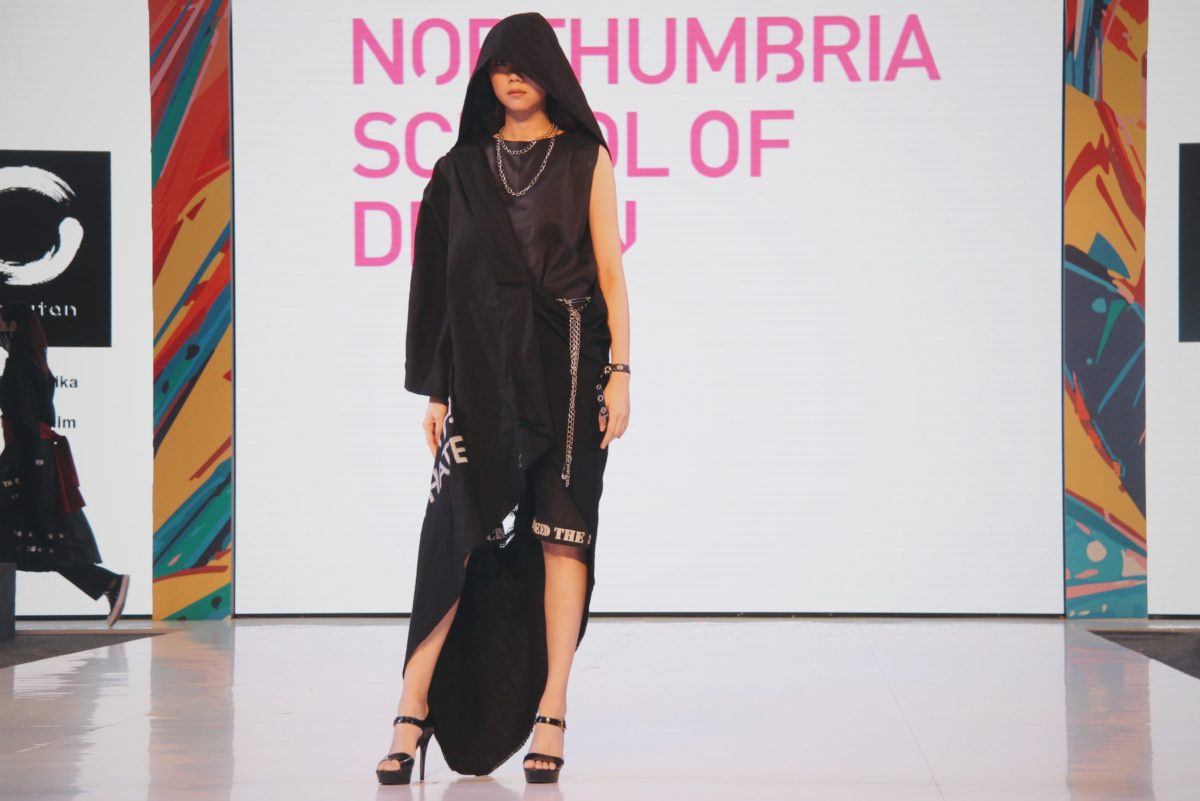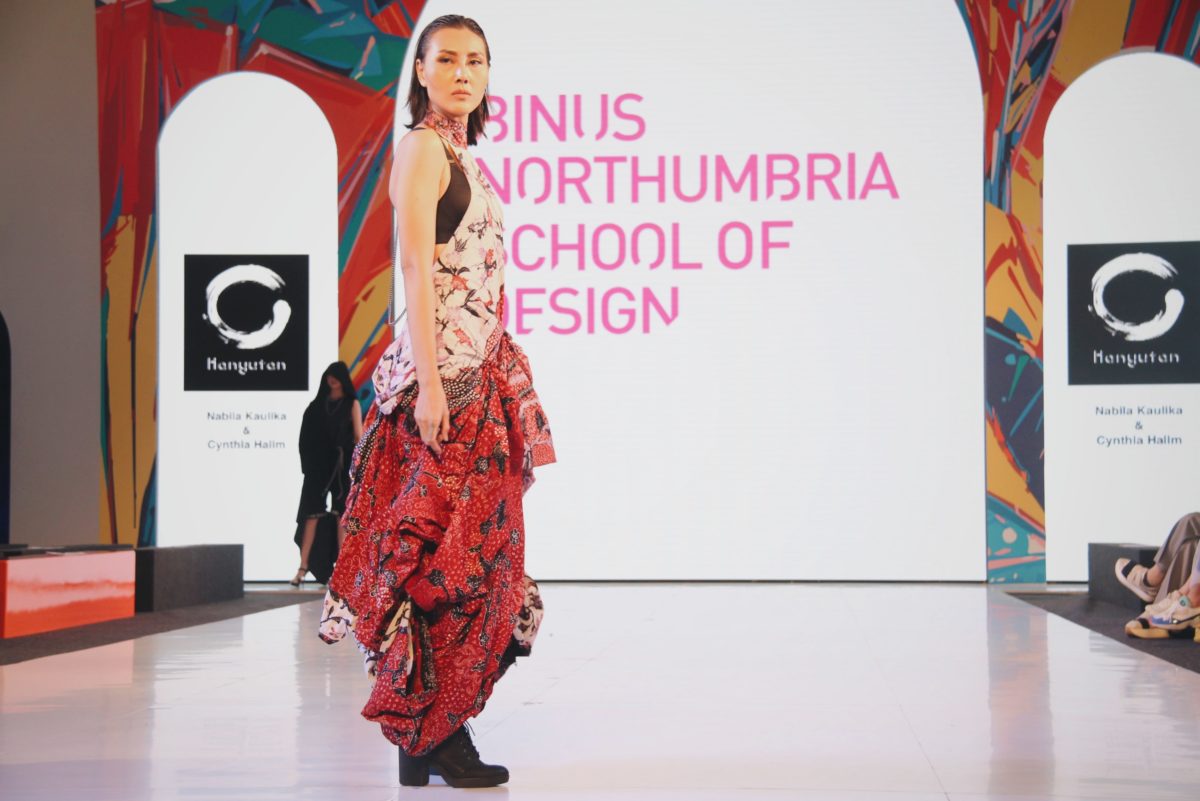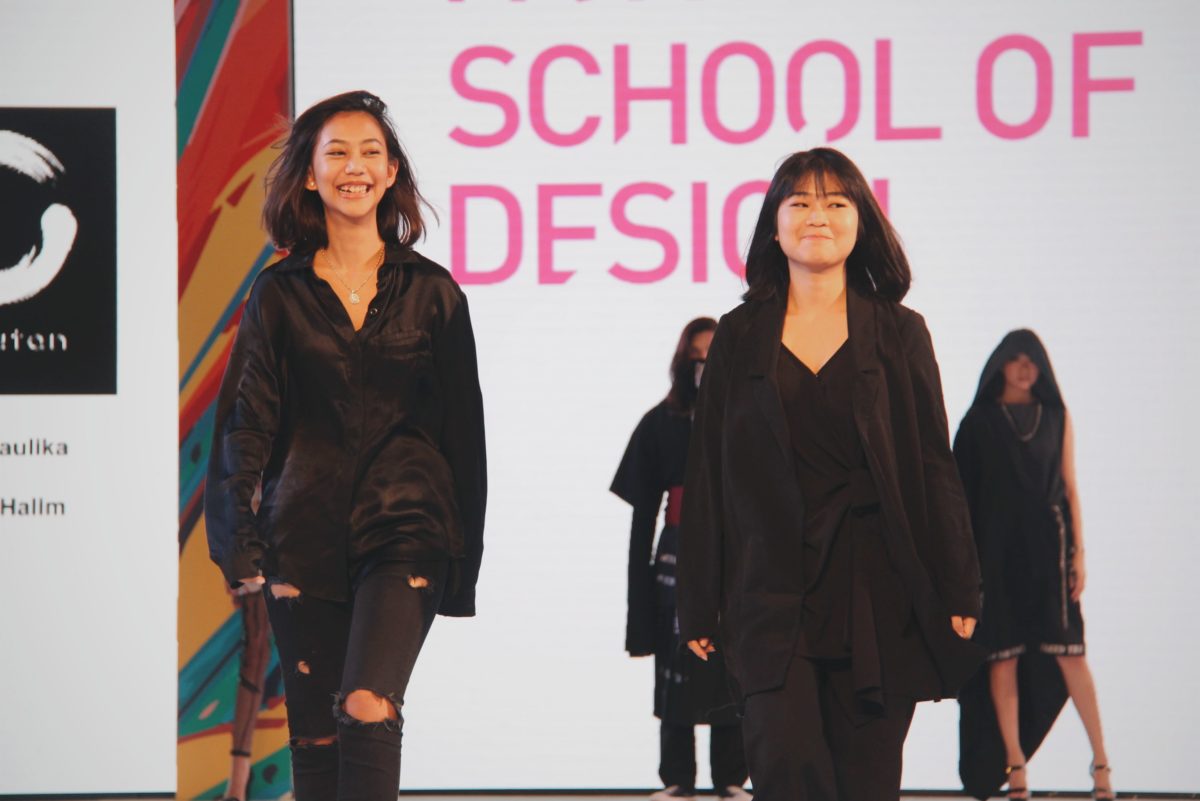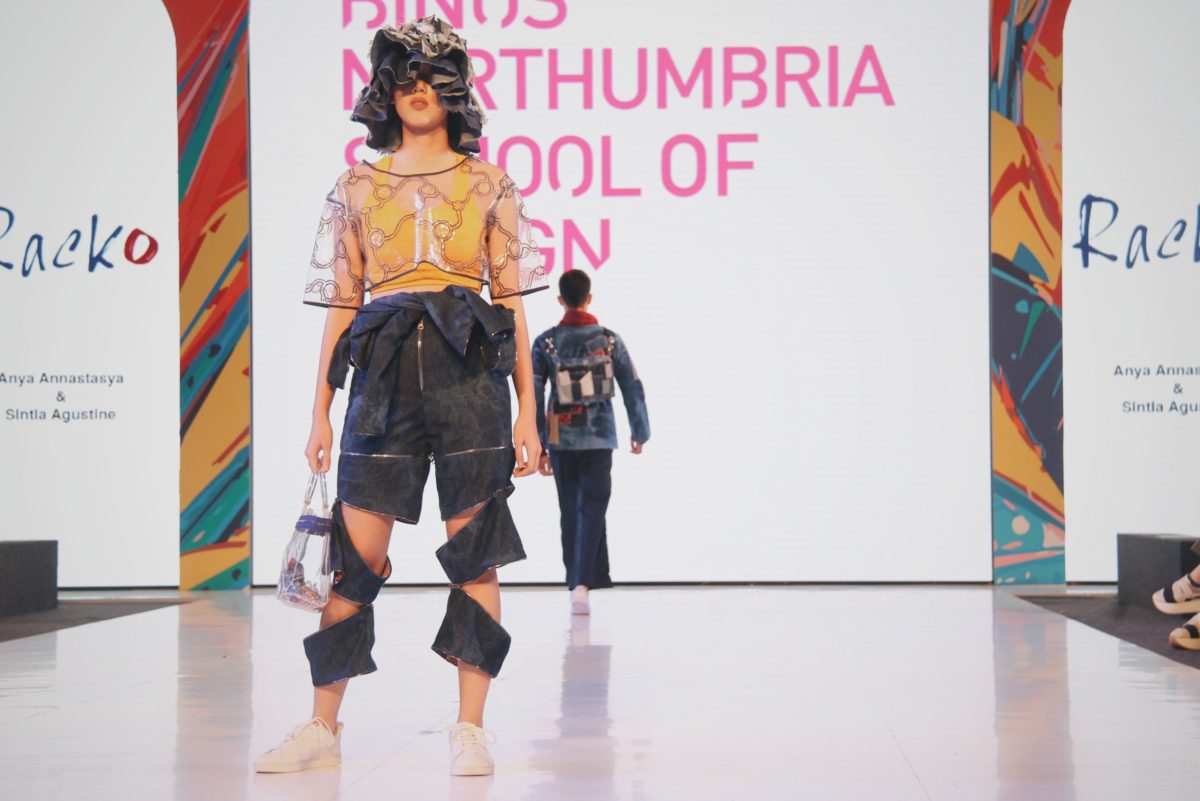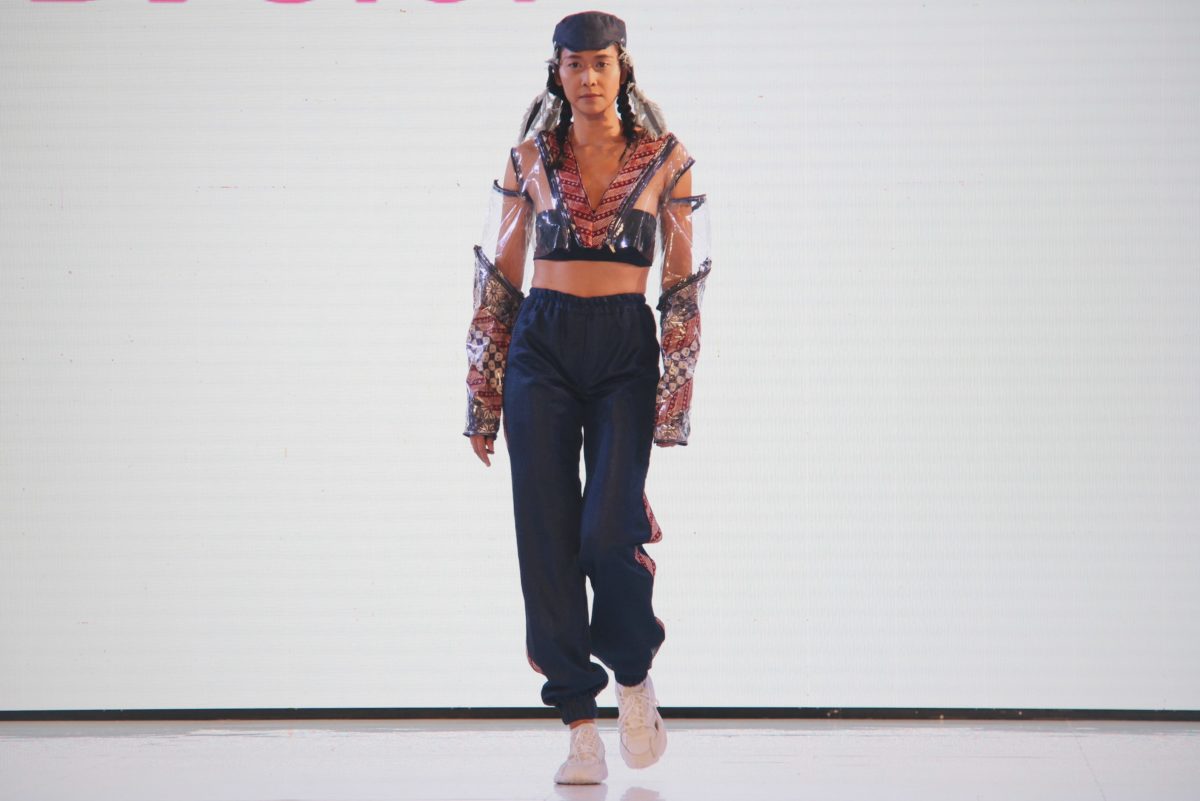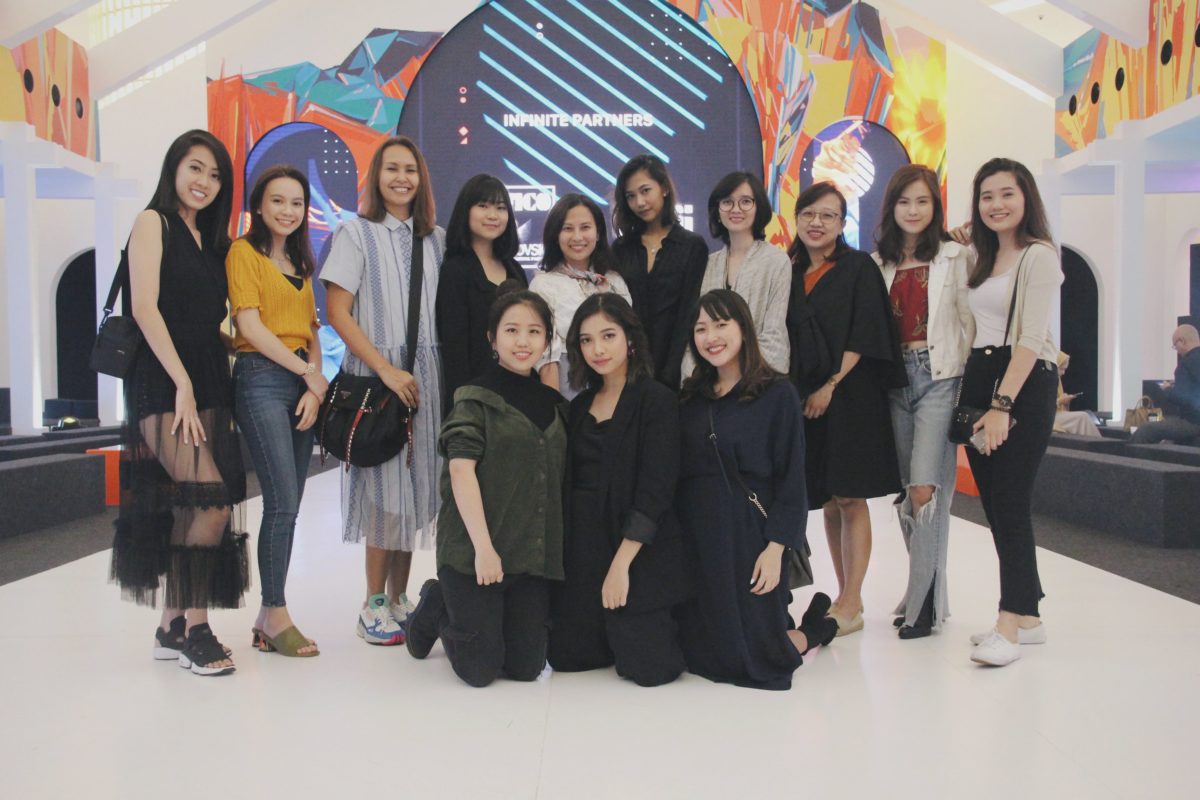Batik Laseman, the Fusion of Three Cultures, in Its Contemporary Form Presented at “The Untold Story; Lasem Revealed”

The assimilation and the acculturation process of contrasting groups of Javanese, Chinese, and also Cham (people from Champa, a kingdom once located in central and south Vietnam) cultures have given Lasem – a district located in Rembang Regency, Central Java, Indonesia – its own unique characteristics. These aspects are reflected in their batik – a type of traditional cloth.
Lasem batik or batik laseman is well-known for its thick and solid colors such as blood red or dark red. The motifs that are commonly used are sekar jagad (contains the meaning of beauty), latohan (derived from latoh, a type of algae commonly found in Lasem), watu pecah (literally means broken stones, coming from the dark history of Lasem when the colonial governor, Herman Willem Daendels, forced the inhabitants to build the Great Post Road), and tiga negeri (three countries). Interestingly, in the past, batik craftsmen had to travel through three towns to do the coloring process for the tiga negeri motif.
Twelve students from the Fashion program of BINUS Northumbria School of Design presented the contemporary form of this unique and historical batik in “The Untold Story; Lasem Revealed” at Fashion Nation 2019 at Senayan City. Held on Tuesday, 19 March 2019, at the Main Atrium of Senayan City, the students showcased Batik Laseman through their six brands as ready-to-wear fashion collections with their own creativity and philosophical approach.
The first brand was Arka by Ginza Setiawan and Karin Wijaya. Taken from Javanese culture, the name Arka represents the hope of being a fluorescent light. Meanwhile, the logo was taken from the traditional Chinese vocabulary which reads as Hūshì, meaning overlooked or failed to notice or consider, deliberately or indulgently, and the blurred paint in the background embodies the fading of the culture in our nation. The context of both the name and the logo conveys the thinking of both designers, which is to enlighten the overlooked details and to empower the forgotten culture. The combination of the Javanese and Chinese terminology is used to represent the respect for diversity.
This collection revolves around the beautiful city of Lasem with its acculturation between the Javanese and Chinese influences, also highlighting the batik with the distinguished red color, and the harmony, respect, and love for their heritage shared among the local community.
The name of the second brand, Vod, is a Dutch word meaning shred or patch. Created by Christine Santosa and Sharon Zefania, Vod is intended to collect all the remaining pieces of Indonesia’s heritage.
The first collection of this brand was inspired by Lasem, focusing on its architecture and opium lifestyle.
The third brand, OEMNJA, stands for ‘oemah njonja’, which is a Javanese term for ‘the home of a lady’. Created by Ivy Pang and Devona Cools, this brand is about accentuating the history of Lasem, as a tribute to all the women that have lived their lives oppressed and for those that have been through a tough journey.
OEMNJA wants to create awareness for the hidden beauties of the village of Lasem, and the unseen aspects that should be much more appreciated and acknowledged. The fashion collection of OEMNJA features feminine silhouettes, beautiful colors, and yet paired with a playful twist.
Hanyutan by Nabila Kaulika and Cynthia Halim is a brand inspired by the human ego that has the ability to create a clash between cultures. Hanyutan comes from the word ‘hanyut’. The word itself has several meanings, one of which is: ‘terbawa oleh arus’ (carried away by the stream). The stream of the human ego is sometimes so powerful that it is able to create a wave of hatred shattering everything around it.
The aim of this collection is to promote the idea of peace and the freedom of expression through the influence of punk culture. The purpose is to show that we can inherit and adapt both cultures without a war, violence, or discrimination.
The name Allawn, a fashion collection by Chelvia Monica Febriana and Katarina Laurensia, comes from the Arabic language, which means color. The brand shows playful vibes through three colors of clothes with a twist of embroidery and screen printing.
Allawn is inspired by the acculturation of Chinese and Islamic developments in Lasem. This brand collection combines modest wear with Chinese silhouettes through the brand’s characteristics; playful and colorful.
RACKO by Anya Annastasya and Sintia Agustine aims to show that it is possible to reconstruct clothing and make it into something even better. Nowadays, denim is used in so many types of clothing and is known to look better even after being worn for several years. There are a lot of techniques that can be done to denim and it can also be used to make patches.
Through this fashion collection, the designers want to prove that even the littlest things can become a part of something big.
“Through this fashion show, I hope that these fashion collections can be appreciated by the public and also remind the young generation of the beauty of the acculturation in Lasem,” said Ratna Dewi Paramita, the Head of the Fashion Program at BNSD.
(ERON)


